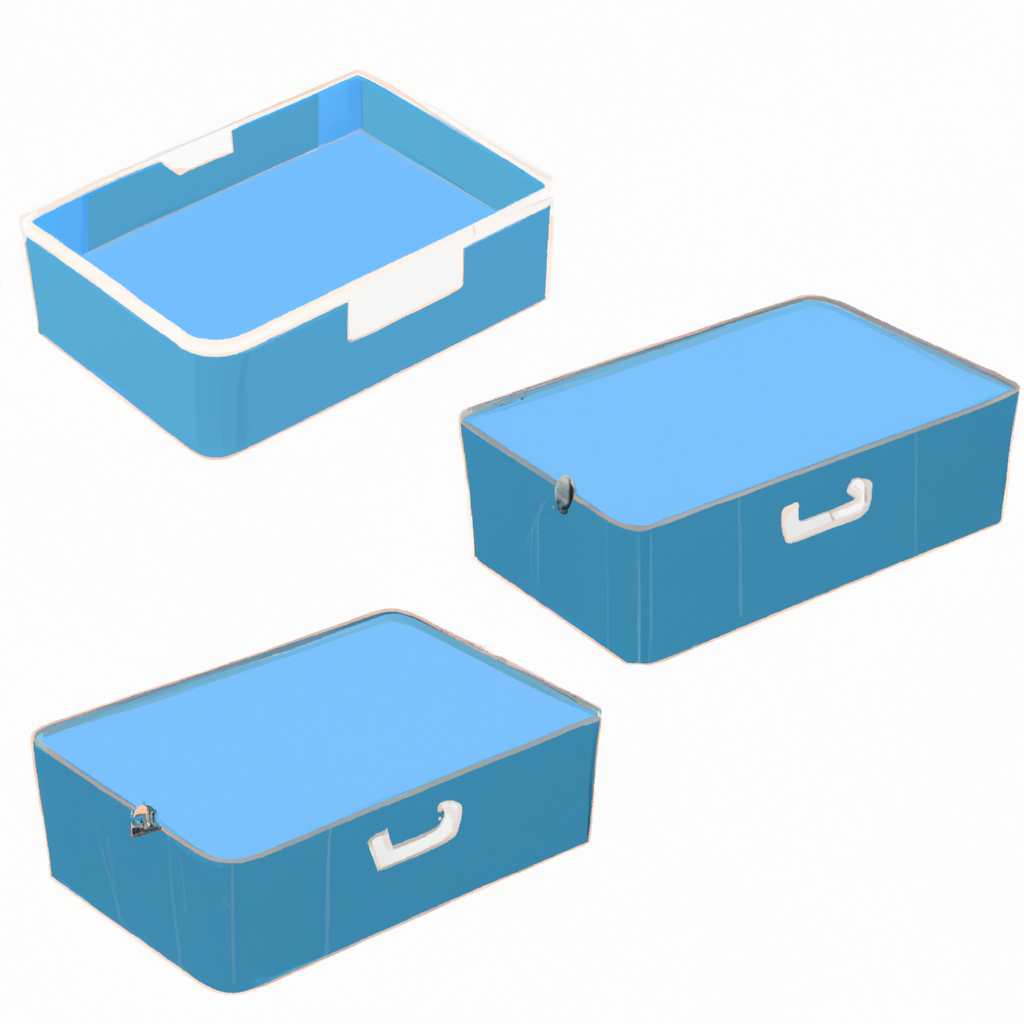Introduction
Welcome to Hi Tackle Box. Your ultimate resource for everything related to fishing tackle box. The right tackle box will keep your fishing gear organized, and accessible, whether you are a professional or a hobbyist. In this comprehensive guide we will discuss the importance of a fishing tackle box, its features, and give valuable tips on how you can select the right one for your needs.
Why Do You Need A Tackle Box?
A tackle box is the core of any angler’s arsenal. It is a container designed to store various fishing accessories such as lures, hooks and lines, sinkers and other essential tools. A tackle box allows you to easily access all the items you require during your fishing trip by keeping them in one place.
Organizational Benefits
To stay organized, avid anglers purchase tackle boxes. These boxes have compartments and divisions that allow you to organize your fishing gear by type and size. This organization makes it easier to find and retrieve specific items, saving you valuable time on your boat.
Protection and Durability
A tackle box does not only provide convenience, it also protects your fishing gear. These boxes are usually made of durable materials such as plastic, metal or fiberglass that can withstand outdoor use including exposure to sun, water and other harsh weather conditions.
Tackle Box Features
You’ll find that different features distinguish one tackle box from another. Let’s look at some of the features you should be looking for before making a decision.
Size and Storage Capacity
When selecting a tacklebox, the size and storage capacity are important factors to consider. The size of the tackle box you choose should be in line with your fishing gear and how much you have. A smaller tackle box may be sufficient if you fish primarily in one location and only carry a small amount of gear. If you fish frequently in different locations, or have a large collection of gear to carry, a larger box with multiple compartments is more appropriate.
Material and Durability
As we have already mentioned, tackle boxes are available in a variety of materials, with each offering varying levels of durability. Plastic tackle boxes are lightweight and affordable. They also resist corrosion. This makes them a popular option among recreational anglers. Metal tackle boxes, on the other hand, offer exceptional strength, durability, and enhanced moisture protection. When choosing the right material for your tackle boxes, consider your fishing style and conditions.
Waterproof and water-resistant features
If you fish often in wet conditions, or are frequently near water bodies, then it is important to choose a tackle case with water-resistant or waterproof properties. These features will protect you gear from water damage, and ensure that it remains in good working condition for as long as possible.
Dividers and compartments
It is important to keep your gear organized and easily accessible. Look for a tacklebox that has adjustable dividers, and multiple compartments in varying sizes. This allows you customize the space to meet your specific needs and ensures that everything stays in place during transportation.
Handles and Portability
Before making a decision, consider the portability of the tackle box. A tackle box with a strong handle or shoulder strap is essential if you move around a lot while fishing. Your fishing trips will be more enjoyable if you can transport your gear easily.
The Right Tackle Box
After you have a good understanding of the features to look for, let’s move on to the process of choosing the right tackle box for your needs.
You should also consider your fishing style and gear.
Start by evaluating the fishing gear and style you use. Do you prefer to fish in freshwater or saltwater? Do you fish for fun or compete in professional tournaments as a professional angler? Understanding your fishing preferences will help you narrow your options.
Consider the Types Of Tackle Boxes
Tackle boxes are available in many different sizes, shapes, and designs. Tackle boxes, tackle bags and backpacks are the most common types. Consider factors such as storage capacity, organization, and ease of transport when evaluating the pros and cons of different types.
Traditional Tackle Boxes
The classic design of tackle boxes is what most anglers know. These boxes are usually made of metal or hard plastic and have multiple drawers or trays for storing fishing equipment. These boxes are great for storing and organizing a variety of fishing gear.
Tackle Bags
A tackle bag can be a great alternative to the traditional tackle box. These bags are made from durable fabrics with multiple pockets and compartments for your fishing gear. Tackle bags are known to be portable and have convenient carrying options.
Tackle Backpacks
Tackle backpacks combine features of a tackle box and tackle bag. They provide ample storage and organizational features, while allowing you carry your gear comfortably on the back. Backpacks can be a great option if you prefer to fish in remote areas or want to avoid using your hands.
Set a Budget
Set a budget that you can live with before diving into the world tackle boxes. Tackle boxes are available in a variety of price ranges. The features and quality will vary accordingly. Set a budget to help you focus on the options that are within your financial range and avoid overspending.
Read Customer Reviews
You should always prioritize reading customer reviews and feedback before purchasing any tackle box. You can make informed decisions by gaining valuable insights from other anglers. Look for comments about durability, quality, functionalities, and overall satisfaction.
Conclusion
A tackle box is a vital part of any fishing enthusiast’s journey. It keeps your fishing equipment organized, protected, and easily accessible when you’re on the water. This guide will help you choose the best tackle box for your needs, budget, and fishing style. Happy fishing!




